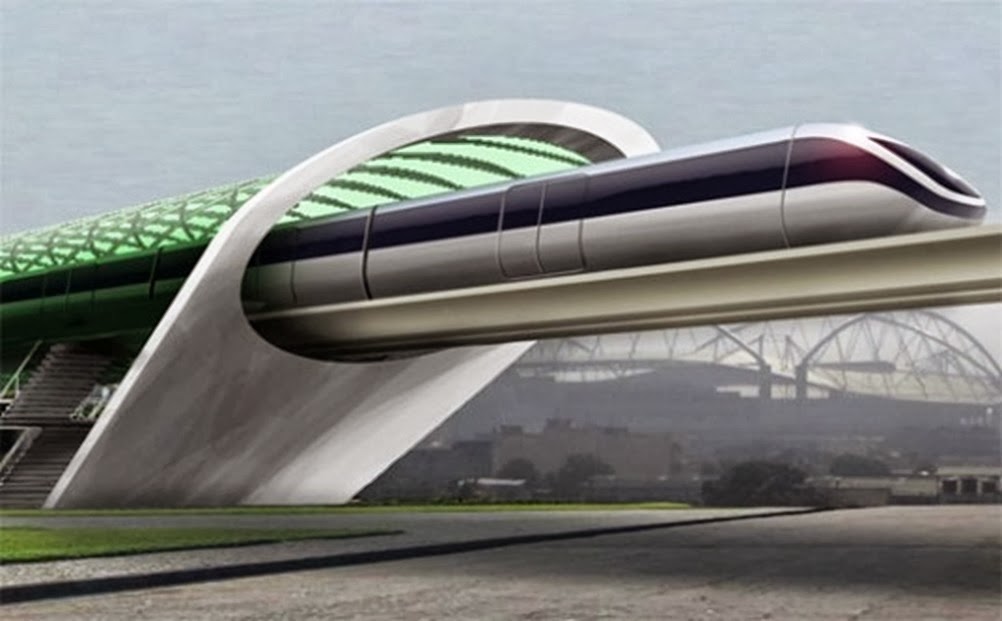
Just to walk around is travel. From the using legs to move around, men had started using sledges as early as 7000 BC and he was on wheels as per known ancient transportation history by 2000 BC.

Today, people stream around in jets, will soon be using the hyperloop and not far in the future, tele-transportation will be a reality.

The real transformation of travel began with the invention of steam-cars and fossil fuel vehicles. The only driving factor behind this evolution is innovation, though a few may not have been necessitated. If there is one industry that has adapted to frequent changes and grown, it is the transportation or travel industry. Changes in mode of travel, the requirement for travel, ways to travel and method of booking to travel have all changed dramatically in just 4 decades and today, a silent travel revolution is on even without us noticing it but by simply participating in it. Travel, airport routines, flying and reaching a destination have all become almost an involuntary action by humans.
The industry has evolved and grown into a Godzilla that can only be managed by an army of people across the globe with the latest technology. It is grown to such an extent that over 0.65% of the daily travellers in the world are first-timers and the numbers only keep growing. The irony of the industry is that despite demanding an intensive investment in all areas it is becoming more affordable and safer with time.

Technology is enabling inter-modal transport that has become so easy to carry out. The modes of transport itself have grown very well over the years whether it is by land, air, or sea. The quantum of cargo and the number of passengers moving across the globe is increasing daily at an exponential rate in this globalized world. With the global population expected to reach 9.5 billion by 2050, we can only imagine the increase it will bring about in transportation.

To look at just one aspect of the huge pie in front of us, let us only take the air sector and its primary hardware in this article. From a zeppelin taking 14 hours to fly between Germany and the east coast of USA during the World War 2, to 35 years later where people were flying the Concorde between Paris and NY at 2 times the speed of sound. From a single propeller aircraft that carried a single passenger, to a double-decked aircraft carrying over 850 passengers. The advancements in this industry have been lighting quick and significantly large. Yet, this is only the tip of the first era in mass transportation or travel. While the Concordes may have been retired due to the risk factor associated with the speed at which it flew which was way beyond the capacity of the structural design of the aircraft, it is certainly going to be replaced by a safer and faster mode of mass transportation. Aircraft are not only becoming bigger, but they can also reach further and non-stop with the invention of a safe method of mid-air refuelling of commercial aircraft just like how it is done with the air force aeroplanes. This would enable a non-stop Sydney to Miami flight in less than 15 hours. As we can see from these few examples that I have highlighted, the transportation industry is in a constant mode of evolution.

By 2050, it is believed that the next form of transport would be teleportation or teletransportation. Men and material could be moved from one place to another in seconds. Both men and material will be converted to digits, transmitted through a wire or wirelessly and then these digits will be reconverted back as men and material on the other end. No one believed that anything could travel faster than sound but Concordes did travel and so did supersonics of today. No one believed that we could have a shower in an aircraft but today it is happening daily. No one believed that human can be converted digitally and transmitted to the other end of the world or even out into space. It is bound to happen, and the world will witness it. What next after teletransportation is beyond a layman’s imagination now but if there is one industry that dreamt of building castles in the air, it is the travel industry and it even realised that dream, only to dream even more. The quest for movement is even stronger than before and that will lead the world into the next century and beyond. This article was written to pinch your thought process on how this industry has evolved in just 4 or 5 decades and we will soon be reaching out to you with more aspects in the transportation and travel industry in the coming weeks.
– Sriraj
Sriraj is a hospitality expert specializing in travel and tourism with more than 25 years of professional engagement and experience. He has worked extensively with international hospitality groups and has travelled extensively across the length and breadth of the globe.
